Introduction to 30 Pin TFT LCD Screens
The realm of display technology is ever-evolving, with 30 pin TFT LCD screens standing as a testament to this progression. These screens are integral components in a multitude of devices, offering crisp visuals and efficient performance. The term 'TFT LCD' refers to 'Thin-Film Transistor Liquid Crystal Display,' a variant of LCD that employs thin-film transistor technology for enhanced image quality.
Types and Configurations
Within the category of 30 pin TFT LCD displays, there exists a diverse range of types and configurations designed to cater to various applications. From standard TFT LCD modules to more specialized video modules, the selection is tailored to meet the specific needs of devices they are intended for. Each type is characterized by its unique set of attributes, such as resolution, contrast ratio, and viewing angle, ensuring suitability for different uses.
Applications and Uses
The versatility of 30 pin TFT LCD modules is reflected in their wide range of applications. These displays are commonly found in consumer electronics, automotive systems, and industrial control interfaces, among others. Their ability to display information and graphics with clarity makes them a preferred choice for handheld devices, GPS units, and even medical equipment.
Features and Technical Specifications
When delving into the features of 30 pin TFT LCD screens, one can expect to encounter a variety of technical specifications. These may include screen size, resolution, aspect ratio, brightness, and power consumption. Such specifications are crucial in determining the display's performance and compatibility with different devices.
Materials and Construction
The construction of 30 pin TFT LCD modules involves high-precision materials and technology. The screens are composed of multiple layers, including a liquid crystal layer, polarizing filters, and a backlight. The 30-pin connector, a standard interface, ensures a secure and stable connection to the host device, facilitating signal transmission and power supply.
Advantages and Considerations
Opting for a 30 pin TFT LCD display brings several advantages, such as improved image quality and lower power consumption compared to traditional LCDs. However, it is essential for buyers to consider factors like compatibility, resolution, and specific device requirements when selecting a screen to ensure it meets their application's needs.

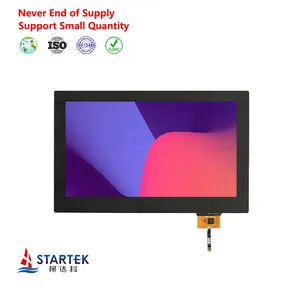

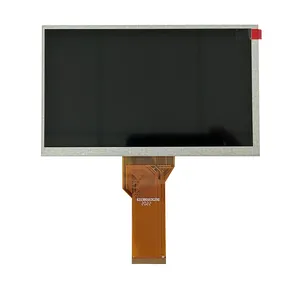



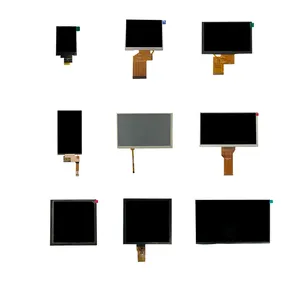


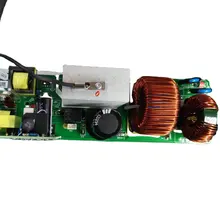

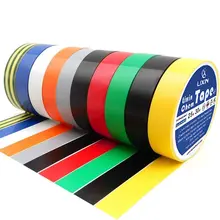




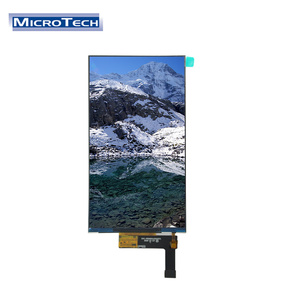

























 浙公网安备 33010002000092号
浙公网安备 33010002000092号 浙B2-20120091-4
浙B2-20120091-4